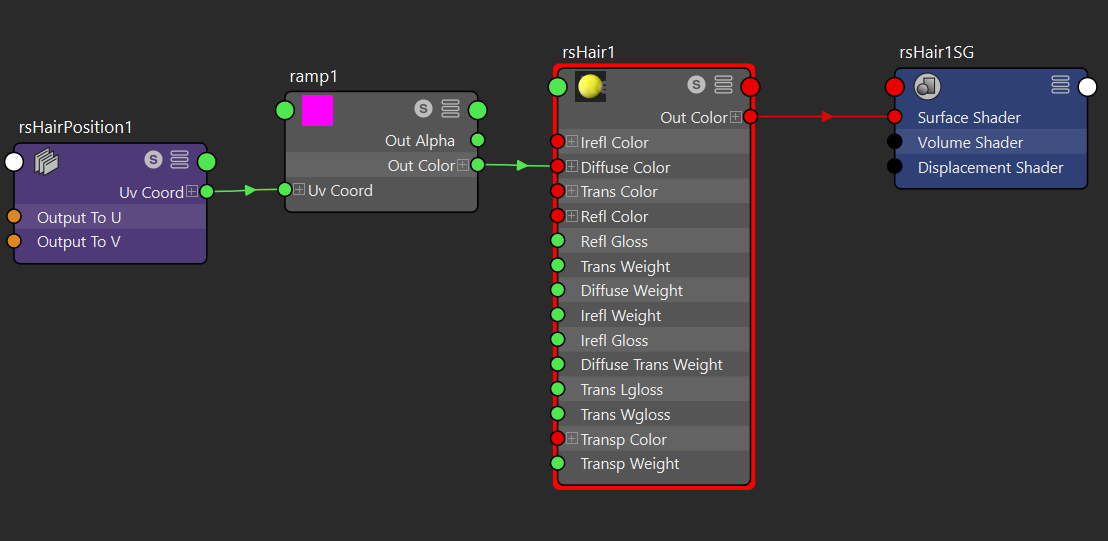Rendering with Redshift
- Table of contents
- Rendering with Redshift
Overview
Redshift is a fast commercial renderer built to work on the GPU. It provides native rendering support for Ornatrix hair.
Supported versions
Ornatrix hair rendering is supported in Redshift versions 2.0.40, 1.3.40, and newer.
Rendering hair with Redshift
To render Ornatrix hair simply switch the current renderer to Redshift and render the scene. The hair should be automatically detected and textures/shaders should be translated.
Hair Min Pixel Width
The “Min pixel width†option can be used to alleviate aliasing issues by thickening and adding some transparency to the hair strands at render time. Besides, this technique helps to reduce the noise and artifacts making the hair looks cleaner.
To activate this option go to Render Settings, with Redshift selected as current rendering engine go to the "Opt" tab, expand the “Min pixel width†roll out and check the "Enable" checkbox.
For more information about this parameter please go to Redshift Documentation
Per-Strand Color
Ornatrix automatically export the UVs and Curve IDs to all renderers, this allows you to create complex hair shaders adding color and texture variation across the hair surface. The "Hair Random Color" utility texture allows you to randomize a color or texture map across all hair strands using the curve ID data provided by Ornatrix.
In this example you can see how this node can be used to add some color variation to the hair. Connect the "Hair Random Color" utility texture to the Diffuse Color input of the hair shader:

Then play with the Hue, Saturation and Value amount until you get the desired effect:

Hair Position
This utility node can be used to output the position along the strands of the hair, allowing you to shade the hair along the length of the strands.
In this example we use a Ramp Texture to add a gradient color along the strands. The Hair Position node should be connected to the Uv Coord input of the Ramp Texture node:

Then the Ramp Texture node should be connected to the Diffuse Color channel of the hair shader:



